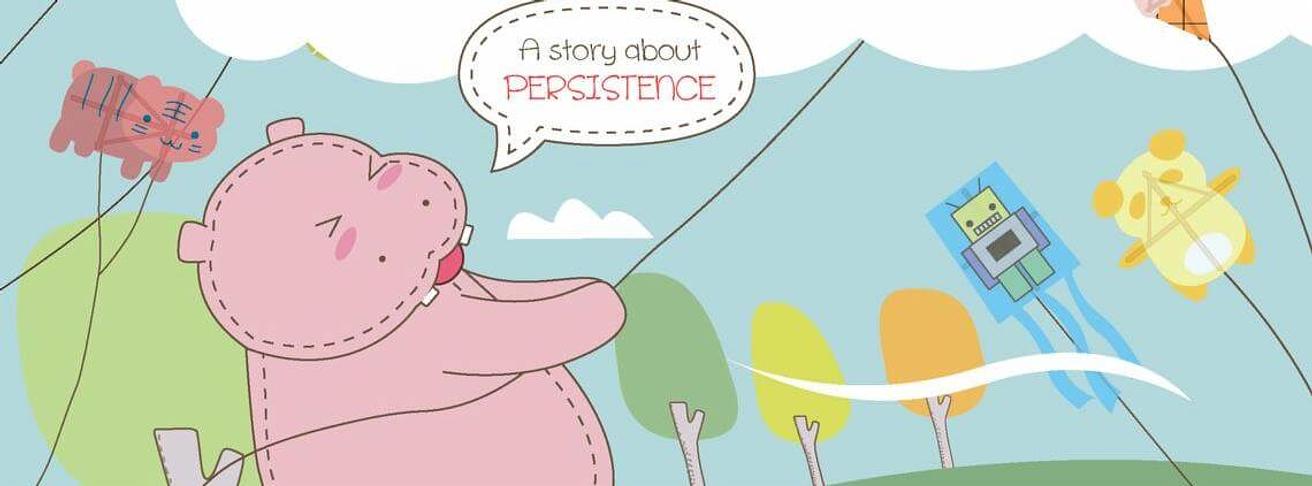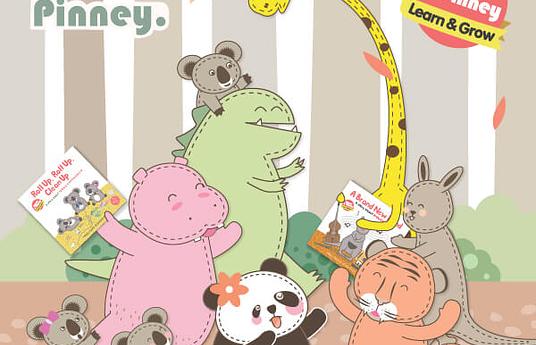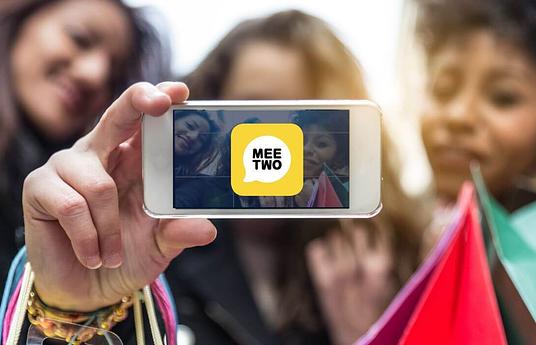I am always on the lookout for excellent resources and rich literature that can help children to develop the skills and necessary understanding to navigate their complex social world. I had been researching where to find picture storybooks that tackle these subjects, when I was approached to try this set of books (Ginnie and Pinney) – and it was almost as if the author had read my mind! It is usually hard to source books like these, many are far too simple and most do not come as a set.
Ginnie and Pinney are a series of picture storybooks that give teachers the much-needed resources to help children learn about the complex world of emotions and social learning through listening and participating in in-depth philosophical discussions about the situations provided in the storyline. We started using the books in our kindergarten a couple of years ago. They compliment our curriculum and provide multiple opportunities to break down and discuss thoughts, feelings and social situations with children.
Each class in Early Years education has its own unique makeup of personalities and temperaments. We discuss the needs of each group and create goals and strategies that help us move them forward together. We can then select the resources, experiences and provocations that we think the children will connect with. The Ginnie and Pinney books are always high on the list, especially with our four-year-olds in kindergarten, where our children are becoming increasingly capable of having more complex discussions, noticing subtle emotional differences and social challenges.
Why socio-emotional learning is so important in early year’s education
A rich and well developed vocabulary in social and emotional themes and concepts prepares children for many elements of schooling and life. Excellent early childhood programs should not be as concerned with teaching information and facts for children to recall, as they are about students developing a passion for learning and establishing executive functions. Impulse control and emotional control, reading the emotions of others and flexible thinking, are all executive functions that feature heavily in these books as recurring themes. Study after study supports this type of learning in the early years as having measurable lifelong impact upon a child’s career success, health, ability to form healthy relationships and happiness.
If, as the Dunedin study has found, we can identify by three years of age a child’s future success based on their level of self-regulation, then there is nothing more important to have in an early childhood curriculum than a focus on the ability to manage ones own behaviour, and understand and respect other people.
We know that creativity along with the ability to develop and maintain collaborative relationships are two of the most important skills for our future workforce. The recent push for STEAM education is a response to these predicted future needs. In reading books like Ginnie and Pinney, teachers model asking questions and give thinking time for students to answer themselves. Both encourage creative thinking processes, as the generation of questions and the search for an answer are both highly creative acts.
In listening to these stories the children are able to make cognitive leaps that help them to cognitively understand the need and value for collaboration. Through stories, discussions and play the children are introduced to these concepts and can then practice the skills in a safe environment.
It’s not just socio-emotional learning that Ginnie and Pinney can help with, but physical development too!
As a staff team we were really concerned about children’s physical development. We know coordinated children with good core strength manage school better, they can sit still, focus and manage writing implements more easily.
We knew that our children needed to learn to keep trying even when things were really hard. In the Ginnie and Pinney book, ‘Flight of the Kite’, persistence is introduced. It was then easy for us to bridge from the book the idea of persistence and not giving up to the task of harnessing your own strength, trying really hard and mastering playground equipment.
By the end of the year, every child was able to slide down the fire pole and almost every child was able to swing across the monkey bars and hang upside down. I have never in 25 years of teaching seen a kindergarten class head off to school with as much strength and coordination!
How to get started with socio-emotional learning (and Ginnie and Pinney!)
I think it’s a great idea to break down the emotions and personalities of each of the characters before reading the books to young children. Reading in small groups is ideal so you can stop, wonder and talk elements through.
I am a firm believer in re-reading books to build comprehension and I know that with each reading the children build their understanding and notice something new. The Cox Institute recommend each new book is read three times, as the discussion and learning that comes from this ‘slow reading’ and ‘slow noticing’ is well worth the effort.
From our HundrED 2019 global collection, head to Ginnie and Pinney's innovation page to explore the benefits they can bring for your students and children



